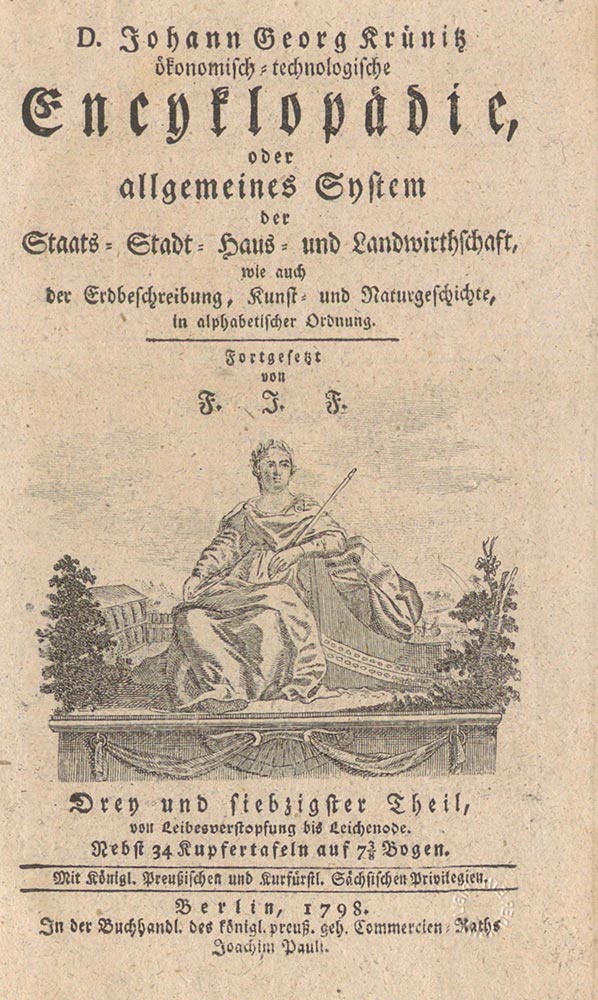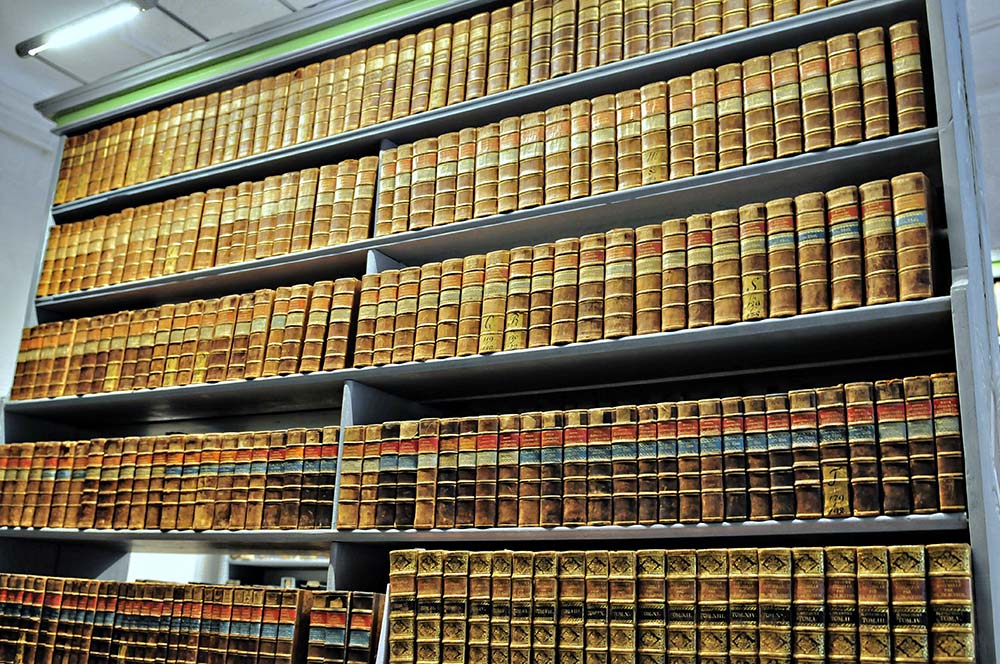Historical aspects
Precious textiles have always been traded, used as gifts or served as means of payment. Even in the earliest texts, Hittite cuneiform on clay tablets, Egyptian hieroglyphics on papyrus, Greek and Latin carved into stone and written: We find terms for textiles of all kinds all over the world. However, it is often difficult to assign these terms unambiguously to a specific material; often this is only possible in context.
Since the beginning of book printing in the 15th century, source material has become more extensive. In dictionaries and encyclopedias, inventory and gift lists, trade, goods and custom lists, and auction and sales catalogues, there are references to the use of certain terms and designations and their changes in meaning over the centuries; sea silk is one of them.
Countless ancient and medieval textile terms have been associated with sea silk. Some were discarded (e.g., cloth of gold), but others can—with some certainty—be confirmed.



